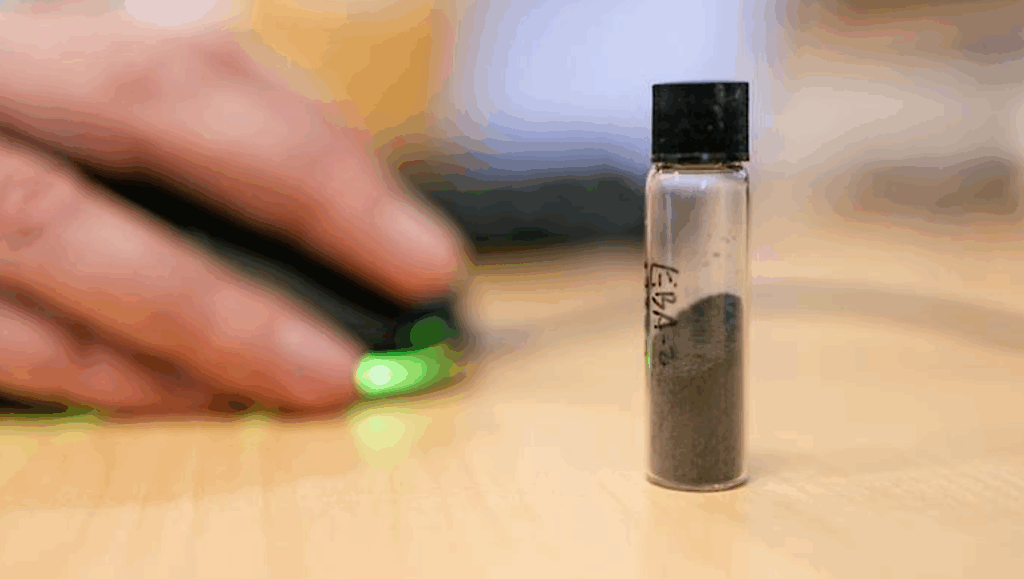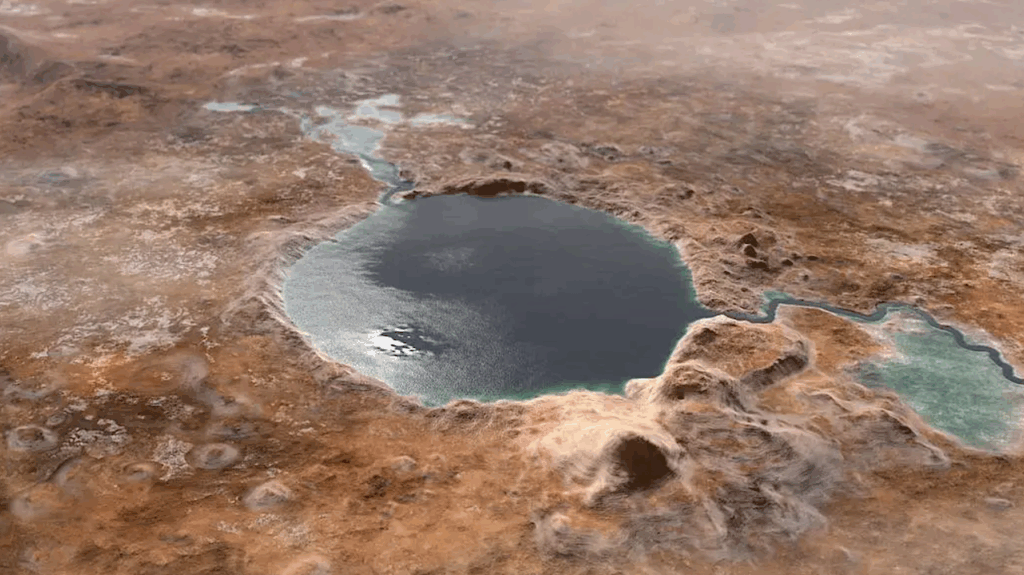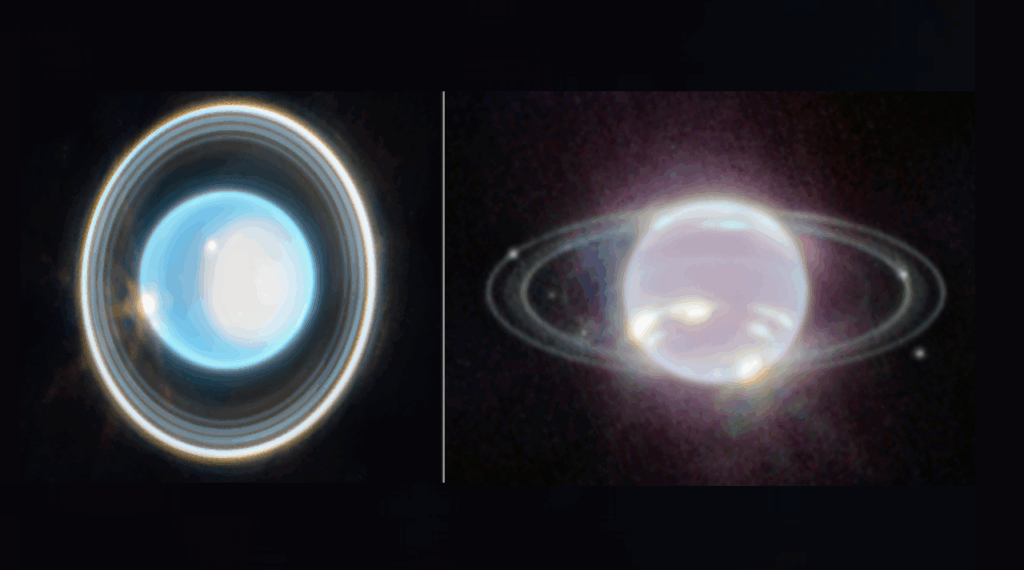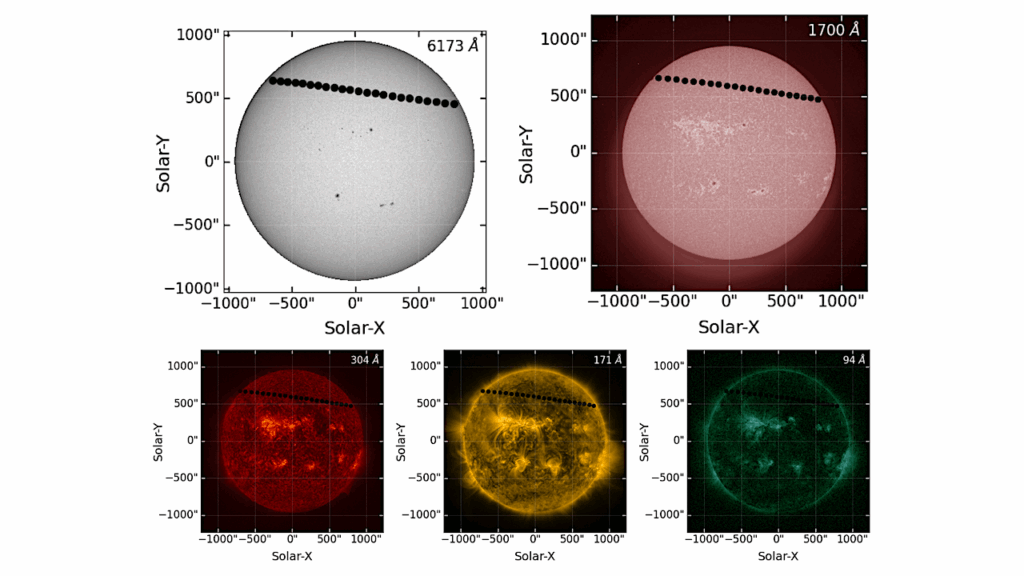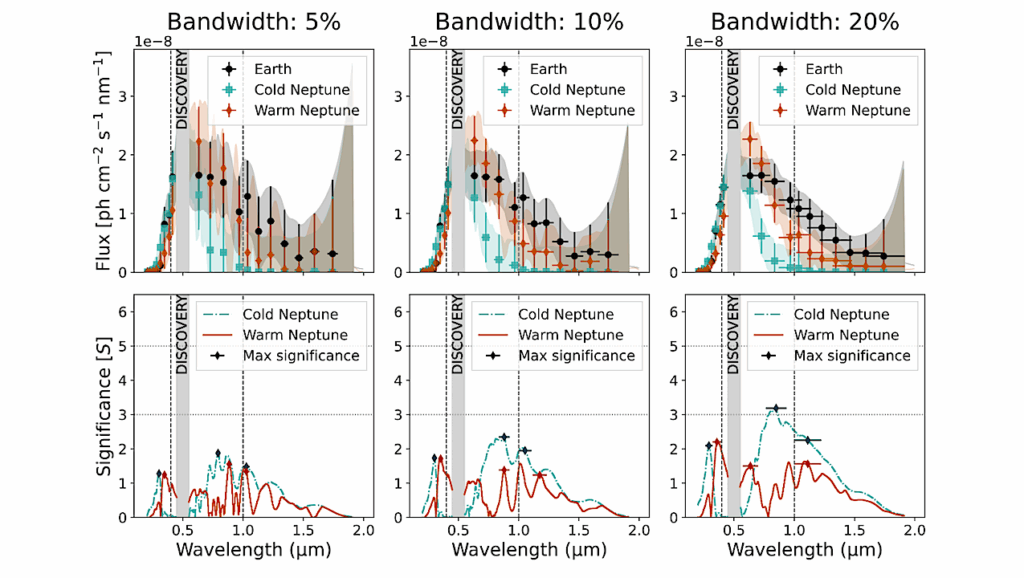Proxima Centauri b: A Strong Case for Including Cosmic-Ray-induced Chemistry in Atmospheric Biosignature Studies
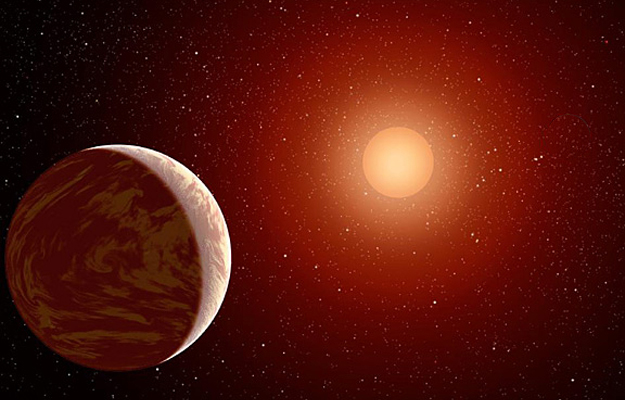
Due to its Earth-like minimum mass of 1.27 ME and its close proximity to our Solar system, Proxima Centauri b is one of the most interesting exoplanets for habitability studies.
Its host star, Proxima Centauri, is however a strongly flaring star, which is expected to provide a very hostile environment for potentially habitable planets.
We perform a habitability study of Proxima Centauri b assuming an Earth-like atmosphere under high stellar particle bombardment, with a focus on spectral transmission features. We employ our extensive model suite calculating energy spectra of stellar particles, their journey through the planetary magnetosphere, ionosphere, and atmosphere, ultimately providing planetary climate and spectral characteristics, as outlined in Herbst et al. (2019). Our results suggest that together with the incident stellar energy flux, high particle influxes can lead to efficient heating of the planet well into temperate climates, by limiting CH4 amounts, which would otherwise run into anti-greenhouse for such planets around M-stars.
We identify some key spectral features relevant for future spectral observations: First, NO2 becomes the major absorber in the visible, which greatly impacts the Rayleigh slope. Second, H2O features can be masked by CH4 (near infra-red) and CO2 (mid to far infra-red), making them non-detectable in transmission. Third, O3 is destroyed and instead HNO3 features become clearly visible in the mid to far infra-red. Lastly, assuming a few percent of CO2 in the atmosphere, CO2 absorption at 5.3 μm becomes significant (for flare and non-flare cases), strongly overlapping with a flare related NO feature in Earth’s atmosphere.
M. Scheucher, K. Herbst, V. Schmidt, J.L. Grenfell, F. Schreier, S. Banjac, B. Heber, H. Rauer, M. Sinnhuber
(Submitted on 4 Mar 2020)
Comments: 10 pages, 5 figures. Accepted for publication in ApJ
Subjects: Earth and Planetary Astrophysics (astro-ph.EP); Solar and Stellar Astrophysics (astro-ph.SR)
Cite as: arXiv:2003.02036 [astro-ph.EP] (or arXiv:2003.02036v1 [astro-ph.EP] for this version)
Submission history
From: Markus Scheucher
[v1] Wed, 4 Mar 2020 12:27:19 UTC (881 KB)
https://arxiv.org/abs/2003.02036
Astrobiology



